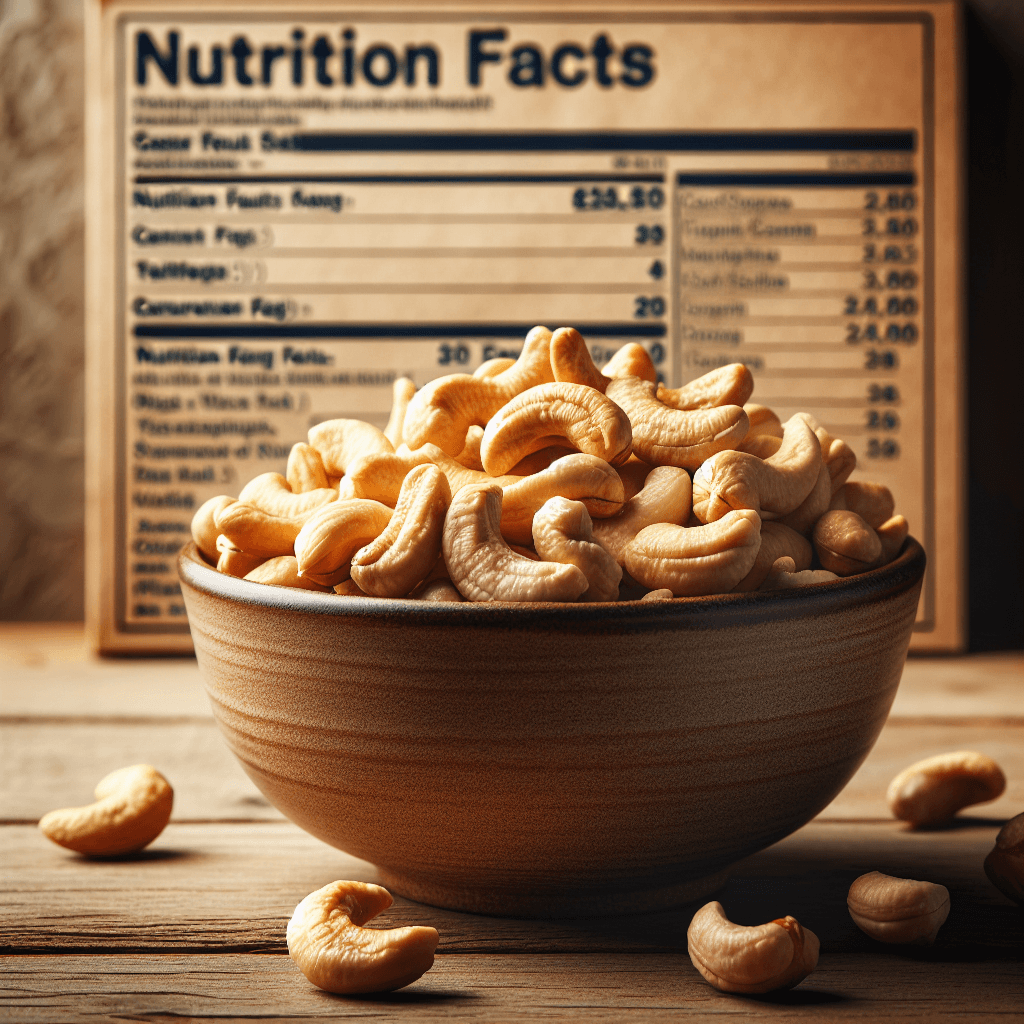Enjoy a 1-for-1 Halal Seafood Buffet Dinner at Hotel Jen Tanglin for just $44++ per person until 31st July 2025! Limited time offer—don’t miss out!
DBV Technologies’ SWOT analysis: peanut allergy patch stock poised for growth – Investing.com
Discover DBV Technologies’ SWOT analysis and why its peanut allergy patch stock could be set for growth in 2025, according to Investing.com.
‘Zero-calorie’ foods won’t help you lose weight. This will – BBC Science Focus Magazine
Discover why zero-calorie foods may not aid weight loss and learn effective strategies to achieve your goals, according to BBC Science Focus Magazine.
Column | Fried green tomatoes and pimento cheese: Southern stars align on a bun – The Washington Post
Discover the mouthwatering fusion of fried green tomatoes and pimento cheese in this Southern classic sandwich, as featured by The Washington Post.
Should your dog be vegan? New research says maybe—if you do it exactly right – VegOut
Curious if your dog can thrive on a vegan diet? New research reveals it’s possible—if done right. Discover tips for healthy vegan dogs today!
Cashews are high in protein, but they’re also high in this. So don’t eat too many. – Galesburg Register Mail
Cashews are high in protein but also high in fat—discover why moderation is key for this popular nut according to Galesburg Register Mail insights.
Beyond Inc.’s SWOT analysis: plant-based food stock faces growth and challenges – Investing.com UK
Explore Beyond Inc.’s 2025 SWOT analysis—discover strengths, opportunities, and challenges for this leading plant-based food stock on Investing.com UK.
Living for the Long Haul in Rural MN: Vegetarian/vegan vs omnivore diets in a self-sufficient community – Wadena Pioneer Journal
Discover how rural Minnesota communities thrive with vegetarian, vegan, and omnivore diets. Explore self-sufficiency tips for healthy long-term living.
Wegmans recalls products in multiple states over deadly undeclared allergen – MSN
Wegmans recalls products in multiple states due to a deadly undeclared allergen. Find out which items are affected and stay safe with the latest updates.
Brownie company celebrates ‘huge milestone’ as it launches on top online supermarket – MSN
Brownie company hits a huge milestone by launching on a top online supermarket, expanding its reach and delighting dessert lovers nationwide.














